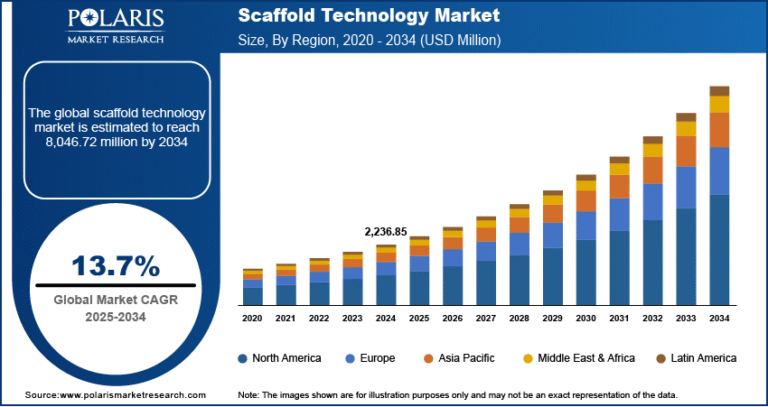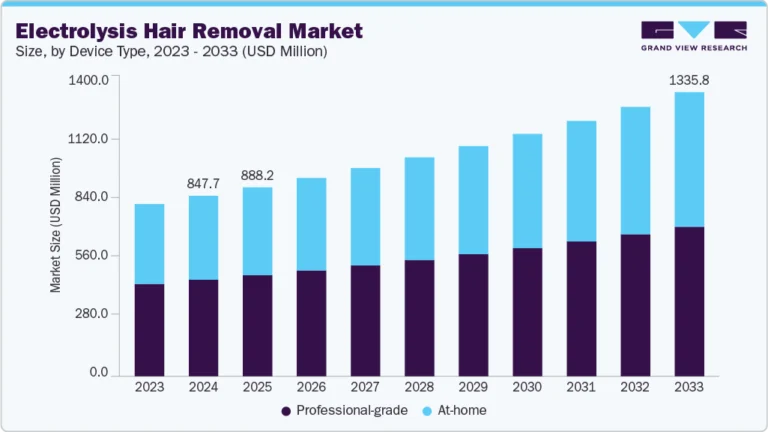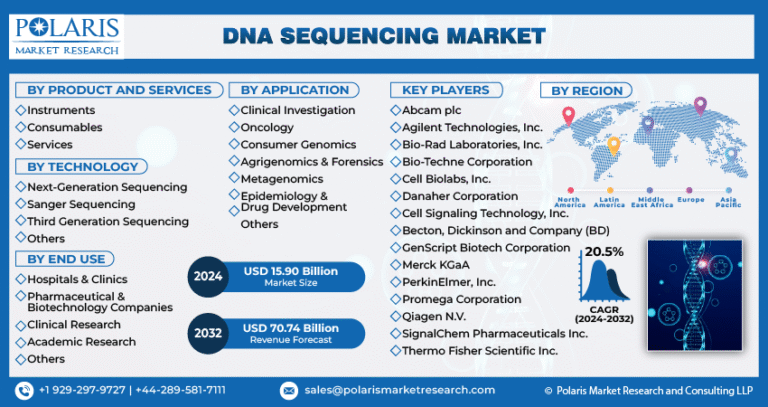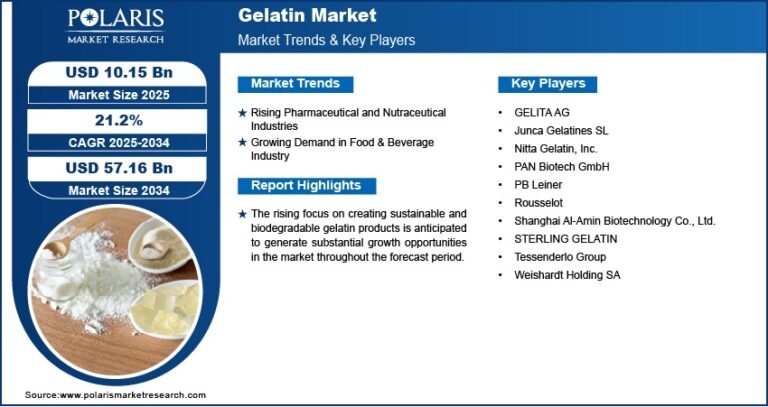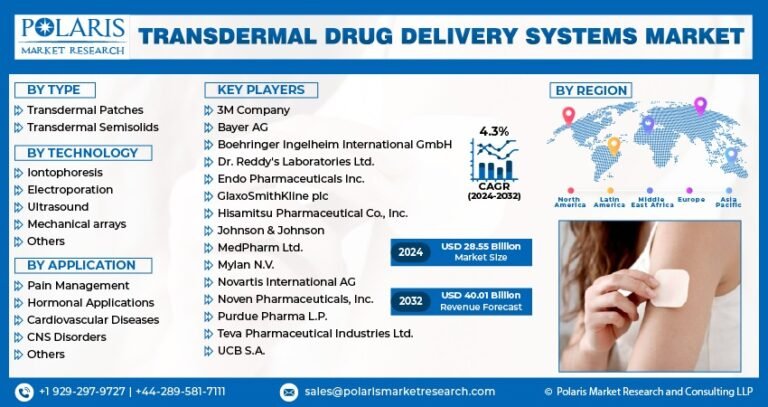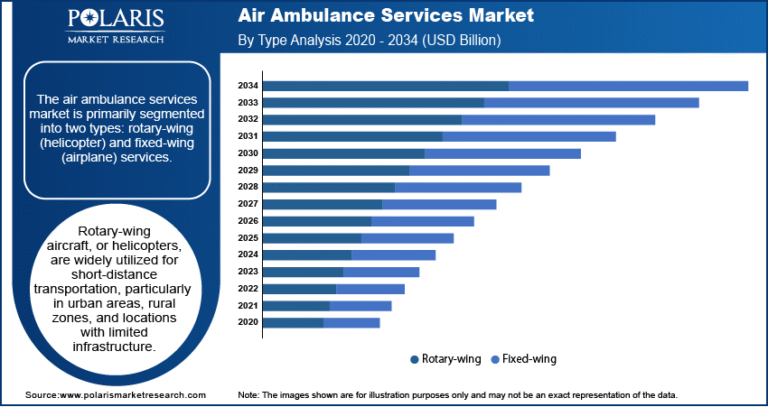Regenerative Medicine Market Expected to Reach USD 159.9 Billion by 2034 | CAGR: 18.70%
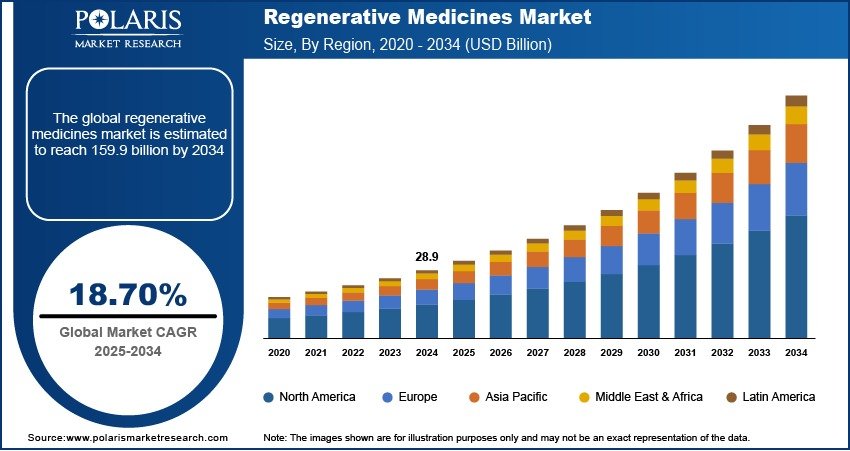
Regenerative Medicines Market – Market Trends
-
Shift Toward Cell & Gene Therapy: Increasing focus on stem cell and gene-based treatments for chronic and rare diseases.
-
Rising Clinical Trials: Surge in regenerative medicine clinical trials supported by regulatory fast-tracking in the U.S. and Europe.
-
Collaborations & M&A Activity: Growing strategic partnerships between biotech firms, hospitals, and research institutes.
-
Personalized Medicine Adoption: Demand for patient-specific therapies is pushing innovation in regenerative solutions.
Market Size & Forecast
Revenue forecast in 2034 USD – 159.9 billion
CAGR – 18.70% from 2025 – 2034
Request for Free Sample:
Industry Overview:
The regenerative medicines market encompasses a rapidly evolving field of healthcare focused on repairing, replacing, or regenerating damaged tissues and organs through innovative biological therapies. This includes stem cell therapy, tissue engineering, gene therapy, and platelet-rich plasma (PRP) treatments. Regenerative medicine holds transformative potential for treating chronic diseases, injuries, and degenerative conditions that were previously considered irreversible. It is widely applied in cardiology, orthopedics, neurology, wound care, and oncology. The industry involves biotechnology firms, pharmaceutical companies, research institutions, and regulatory bodies working collaboratively to develop and commercialize advanced therapeutic products. With advancements in cellular biology, biomaterials, and genetic engineering, the global market is witnessing robust growth and attracting significant investment from both public and private sectors.
Key Market Drivers & Barriers:
A primary driver of the regenerative medicines market is the rising prevalence of chronic diseases such as diabetes, cardiovascular disorders, and osteoarthritis, which create a growing demand for long-term treatment solutions. Aging populations across developed nations are further fueling the need for regenerative therapies that can restore function and improve quality of life. Additionally, increasing government funding, favorable regulatory pathways, and breakthrough technological innovations are accelerating product development and clinical adoption. However, high treatment costs, limited reimbursement policies, and complex regulatory frameworks pose significant barriers to widespread accessibility. Ethical concerns surrounding stem cell research, along with challenges in manufacturing scalability and standardization, also hinder market expansion. Moreover, the lack of long-term clinical data on efficacy and safety remains a critical concern for stakeholders.
Market Opportunity:
The regenerative medicines market offers substantial opportunities in the development of personalized and precision-based therapies tailored to individual patient profiles. Advances in induced pluripotent stem cells (iPSCs), 3D bioprinting, and CRISPR-based gene editing are opening new frontiers for targeted disease treatment. Expansion into emerging markets in Asia-Pacific, Latin America, and Eastern Europe—where healthcare infrastructure is improving and unmet medical needs remain high—provides untapped potential for growth. Strategic partnerships between biotech firms, academic institutions, and contract development and manufacturing organizations (CDMOs) are expected to streamline production and reduce time-to-market. As the industry continues to evolve, regenerative medicine is poised to revolutionize modern healthcare by shifting the focus from managing symptoms to achieving biological restoration and long-term cures.

